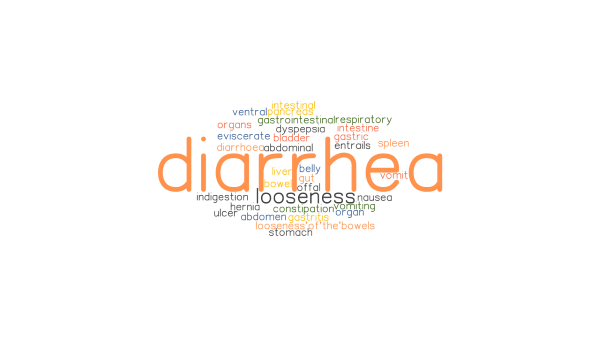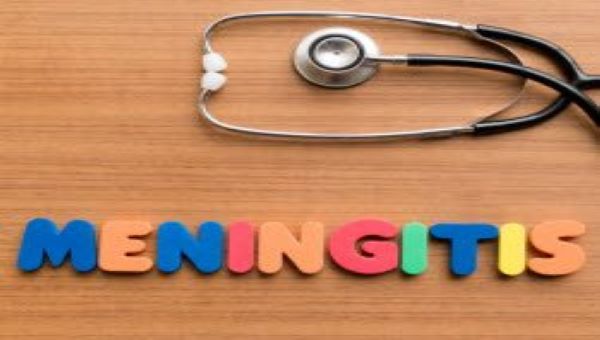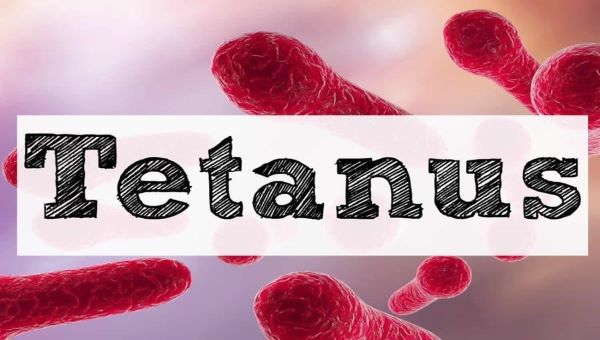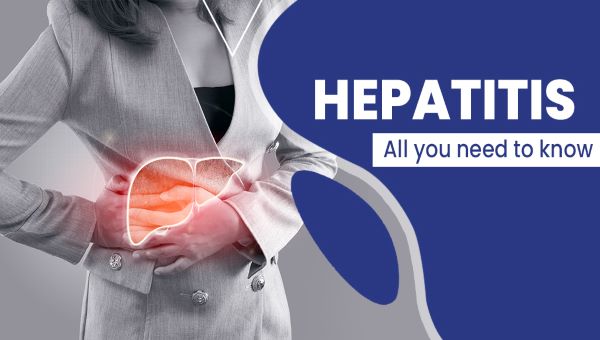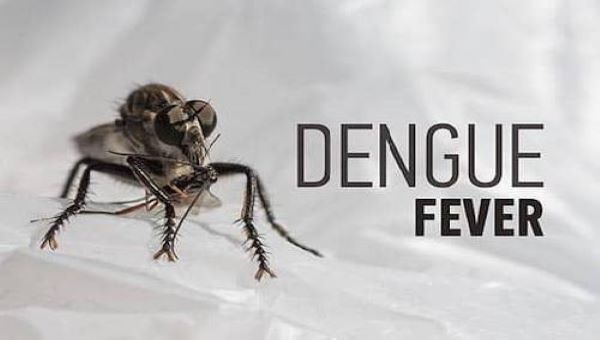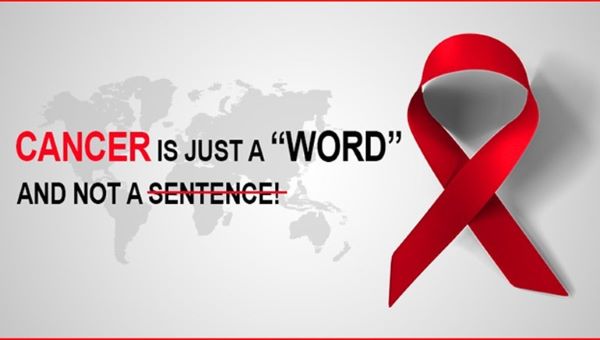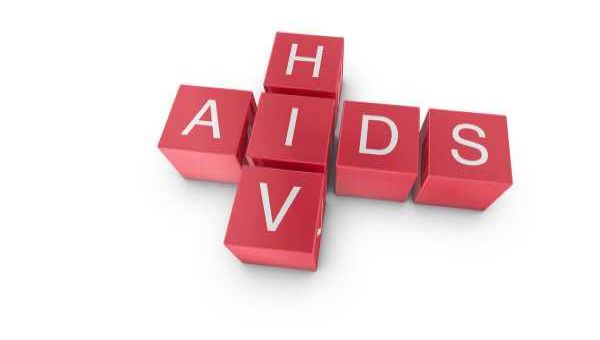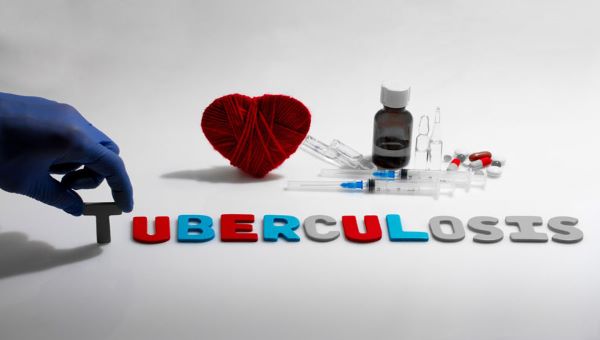Know more about diarrhoea
Jun 25, 2022
DIARRHOEA
INTRODUCTION
Diarrhoeal disease is the second leading cause of death in children under five years old, and was responsible for the deaths of 370,000 children in 2019. The most severe threat posed by diarrhoea is dehydration. During an episode of diarrhoea, water and electrolytes including sodium, chloride, potassium and bicarbonate are lost through liquid stools, vomit, sweat, urine and breathing. A person with diarrhoea becomes dehydrated when these losses are not replaced. In addition, diarrhoea is a major cause of malnutrition, making the person more susceptible to future bouts of diarrhoea and to other diseases. There are three clinical types of diarrhoea, each with its specific treatments:
- Acute watery diarrhoea, which may last several hours or days, and includes cholera.
- Acute bloody diarrhoea, also called dysentery.
- Persistent diarrhoea, lasting 14 days or longer.
SIGNS & SYMPTOMS
Signs and symptoms associated with diarrhoea (loose, watery stools) may include:
- Abdominal cramps or pain
- Bloating
- Nausea
- Vomiting
- Fever
- Blood in the stool
- Mucus in the stool
- Urgent need to have a bowel movement
In children, particularly young children, diarrhoea can quickly lead to dehydration. Call your doctor if your child's diarrhoea doesn't improve within 24 hours or if your child:
- Becomes dehydrated
- Has a fever above 102 F (39 C)
- Has bloody or black stools
CAUSES
- Number of diseases and conditions can cause diarrhoea, including:
- Viruses. Viruses that can cause diarrhoea include Norwalk virus (also known as norovirus), enteric adenoviruses, astrovirus, cytomegalovirus and viral hepatitis. Rotavirus is a common cause of acute childhood diarrhoea. The virus that causes coronavirus disease 2019 (COVID-19) has also been associated with gastrointestinal symptoms, including nausea, vomiting and diarrhoea.
- Bacteria and parasites. Exposure to pathogenic bacteria, such as E. coli or parasites through contaminated food or water, leads to diarrhoea. When traveling in developing countries, diarrhoea caused by bacteria and parasites is often called traveller’s diarrhoea. Chloridoids difficile (also known as C. diff) is another type of bacterium that causes diarrhoea, and it can occur after a course of antibiotics or during a hospitalization.
- Medications. Many medications, such as antibiotics, can cause diarrhoea. Antibiotics alleviate infections by killing bad bacteria, but they also kill good bacteria. This disturbs the natural balance of bacteria in your intestines, leading to diarrhoea or a superimposed infection such as C. diff. Other drugs that cause diarrhoea are anti-cancer drugs and antacids with magnesium.
- Lactose intolerance. Lactose is a sugar found in milk and other dairy products. People who have difficulty digesting lactose have diarrhoea after eating dairy products. Lactose intolerance can increase with age because levels of the enzyme that helps digest lactose drop as you get older.
- Fructose. Fructose is a sugar found naturally in fruits and honey. It's sometimes added as a sweetener to certain beverages. Fructose can lead to diarrhoea in people who have trouble digesting it.
- Artificial sweeteners. Sorbitol, erythritol and mannitol — artificial sweeteners are nonabsorbable sugars found in chewing gum and other sugar-free products — can cause diarrhoea in some otherwise healthy people.
- Surgery. Partial intestine or gallbladder removal surgeries can sometimes cause diarrhoea.
- Other digestive disorders. Chronic diarrhoea has a number of other causes, such as IBS, Crohn's disease, ulcerative colitis, celiac disease, microscopic colitis and small intestinal bacterial overgrowth (SIBO).
DIAGNOSIS
Stool testing is commonly used to diagnose diarrhoea. Tests can include stool culture, a stool panel for gastrointestinal pathogens, Clostridium difficile toxin test, ova and parasite tests, faecal occult blood test, faecal fat test, stool antigen tests, faecal elastase, and faecal trypsin/chymotrypsin. Blood tests are also sometimes used to test for antibodies to specific parasites, yeast, or gluten.
PREVENTION
- Preventing infectious diarrhoea
Wash your hands to prevent the spread of infectious diarrhoea. To ensure adequate hand-washing:
- Wash frequently. Wash your hands before and after preparing food. Wash your hands after handling uncooked meat, using the toilet, changing diapers, sneezing, coughing and blowing your nose.
- Lather with soap for at least 20 seconds. After putting soap on your hands, rub your hands together for at least 20 seconds. This is about as long as it takes to sing "Happy Birthday" twice through.
- Use hand sanitizer when washing isn't possible. Use an alcohol-based hand sanitizer when you can't get to a sink. Apply the hand sanitizer as you would hand lotion, making sure to cover the fronts and backs of both hands. Use a product that contains at least 60% alcohol.
- Vaccination
You can help protect your infant from rotavirus, the most common cause of viral diarrhoea in children, with one of two approved vaccines. Ask your baby's doctor about having your baby vaccinated.
- Preventing traveller’s diarrhoea
Diarrhoea commonly affects people who travel to countries where there's inadequate sanitation and contaminated food. To reduce your risk:
- Watch what you eat. Eat hot, well-cooked foods. Avoid raw fruits and vegetables unless you can peel them yourself. Also avoid raw or undercooked meats and dairy foods.
- Watch what you drink. Drink bottled water, soda, beer or wine served in its original container. Avoid tap water and ice cubes. Use bottled water even for brushing your teeth. Keep your mouth closed while you shower.
Beverages made with boiled water, such as coffee and tea, are probably safe. Remember that alcohol and caffeine can aggravate diarrhoea and worsen dehydration.
- Ask your doctor about antibiotics. If you're traveling to a developing country for an extended time, ask your doctor about antibiotics before you go, especially if you have a weakened immune system.
- Check for travel warnings. The Centres for Disease Control and Prevention maintains a travellers’ health website where disease warnings are posted for various countries. If you're planning to travel outside of the United States, check there for warnings and tips for reducing your risk.
TREATMENT
Key measures to treat diarrhoea include the following:
- Rehydration with oral rehydration salts (ORS) solution: ORS, particularly the low osmolarity formula, are a proven life-saving commodity for the treatment of children with diarrhoea.
- Rehydration may require intravenous fluids in case of severe dehydration or shock.
- Zinc supplements reduce the duration of a diarrhoea episode by 25% and are associated with a 30% reduction in stool volume.
- Nutrient-rich foods: the vicious circle of malnutrition and diarrhoea can be broken by continuing to give nutrient-rich foods – including breast milk – during an episode, and by giving a nutritious diet – including exclusive breastfeeding for the first six months of life – to children when they are well.
- Consulting a health professional, in particular for management of persistent diarrhoea, or when there is blood in the stool, or if there are signs of dehydration.
- Adequate nutrition is key to improving natural defenses, starting with exclusive breastfeeding for the first 6 months of life.

